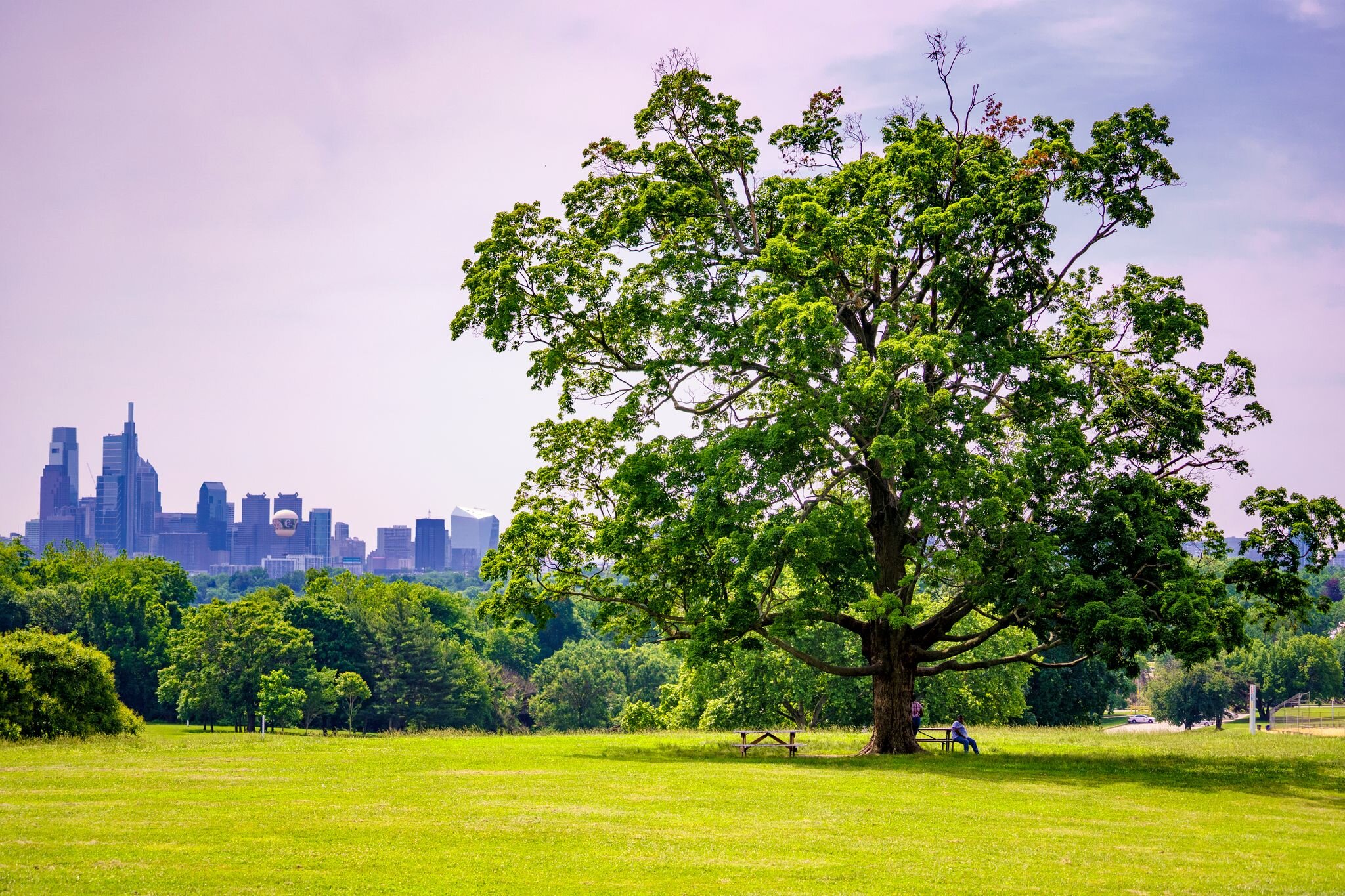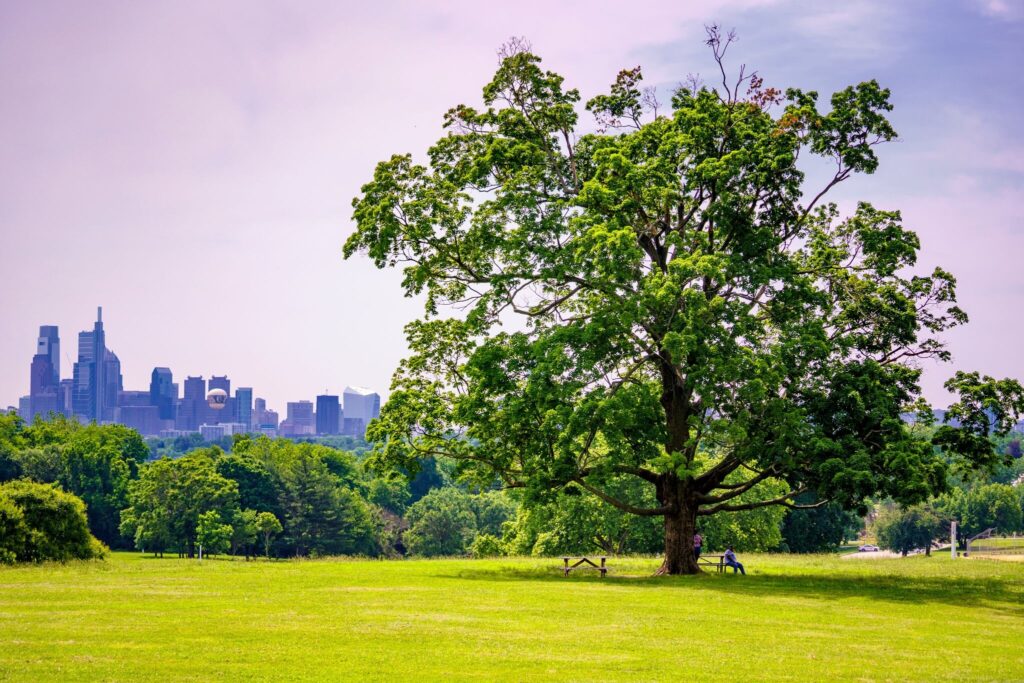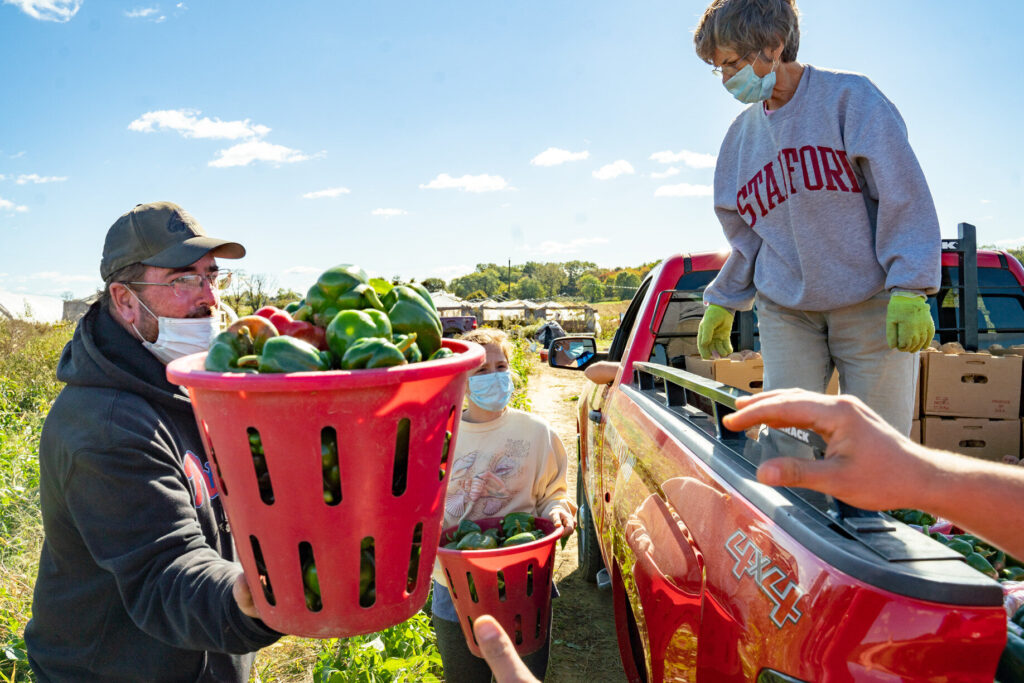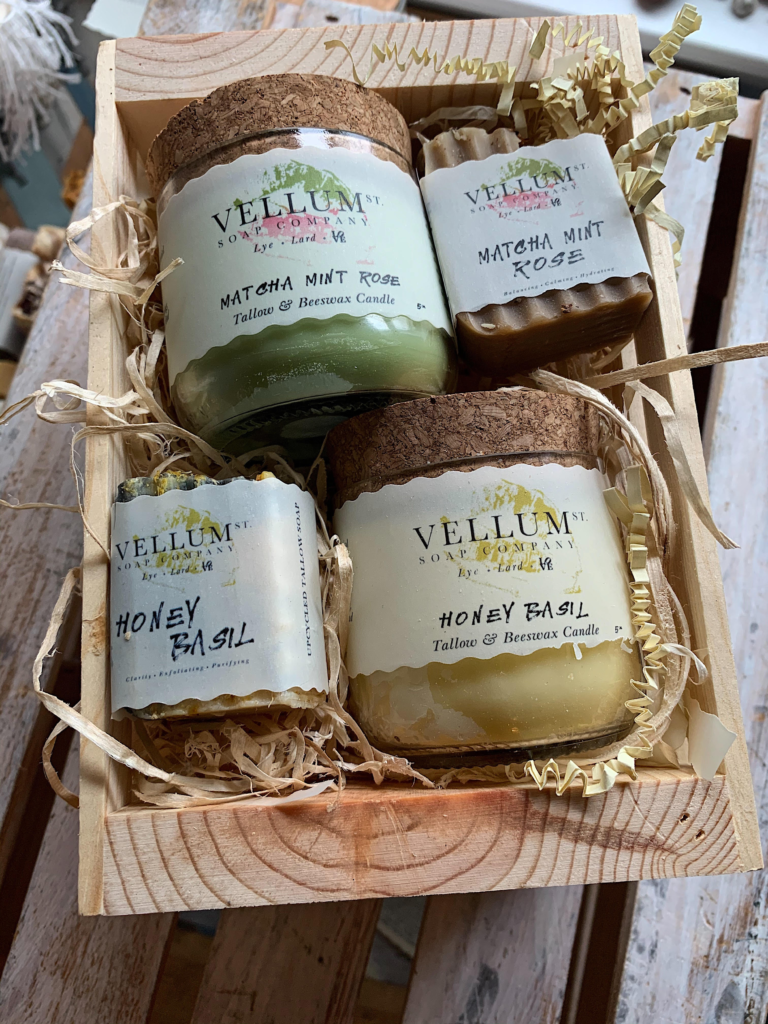Two beavers sat in the shallows of the Delaware River eating breakfast as I met Jim Fries, project manager at Riverfront North Partnership, for a tour of the living shoreline at Lardner’s Point Park in Northeast Philadelphia. True to their reputation, the large rodents busily stripped the bark off branches they had clipped from willows growing at the shore. We spooked them when we tried to get a better angle for photographs, but they soon swam back to continue eating the plants that Riverfront North had planted to stabilize the shoreline.
A stable shoreline is not natural. An unrestrained river does not sit still. Flood waters scour the land, wielding tree trunks and other debris as battering rams. The currents carve away at the outside of curves and deposit sediment on the inside, so that rivers writhe across landscapes over the centuries.
Of course it is difficult to build permanent structures on land that the water seeks to steal. Roads, piers and buildings can all be washed out to sea. For centuries the standard response has been to artificially harden the shoreline. Most of the Delaware and Schuylkill River shorelines are bulwarked by timber or concrete walls, or are otherwise stabilized with boulders, chunks of concrete and the rubble of demolished stone and brick buildings.
These reinforcements shield us from the water, for better and for worse.
“People have been taught forever the water is dirty,” says Josh Moody, restoration programs manager for the Partnership for the Delaware Estuary.
Until recently, cities like Philadelphia had grown away from the water, leaving the shorelines for shipping and industry. For Moody, the question is now how cities can go from putting up fences to hide the water to reconnecting people with it.
Living shorelines, which utilize vegetation and animal populations to absorb the force of the water and fight erosion, offer a welcoming alternative.
At Lardner’s Point, Riverfront North started by removing the concrete slabs and rubble. Some of this debris was rearranged to form a low barrier behind which the organization planted marsh vegetation. The work began in phases in 2012, and it took a few years to refine methods.
“It was a desolate and transient space. Now it is a public park that has reintroduced native plantings…”
—Stephanie Phillips, executive director of Riverfront North
“This was probably the first living shoreline done in the tidal freshwater reaches of the Delaware River and possibly the entire Mid-Atlantic,” says Fries.
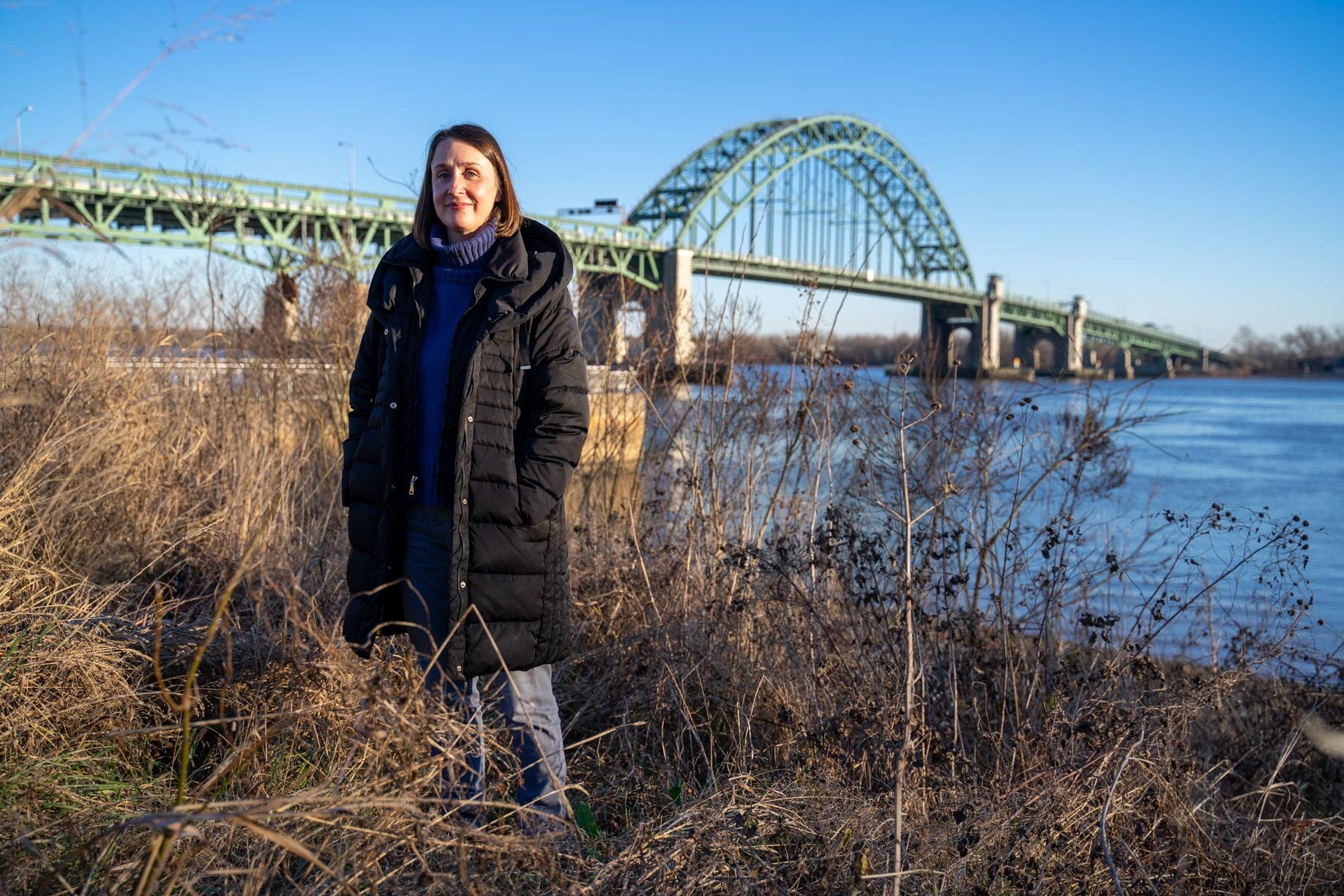
Living-shoreline methods that have been developed elsewhere didn’t work in Northeast Philadelphia. Downstream, in the tidal marshes along the Delaware Bay, the Partnership for the Delaware Estuary has developed living-shoreline techniques using shellfish. Oysters build up reefs in the water, and a mix of marsh grasses and mussels stabilize the tidal zone.
As Fries points out, freshwater mussels, unlike their brackish-water cousins, tend to live buried in the bottom of the river. Methods of planting wetland vegetation along ponds or lakes didn’t work either. Light fences intended to keep geese from ripping out plantings were quickly smashed by branches and other debris swept in by the river. That debris also scoured away grasses and other vegetation planted close to the water.
Over the years, Riverfront North developed sturdier goose barriers and figured out which plants could survive the pounding of driftwood. For example, willows planted at the high-water mark send their shoots toward the water, and grow downward from their secure position.
By 2018, some of those willows had grown into small trees about 12 feet tall. Then they started losing branches. Fries says he initially thought local kids were playing around with gardening equipment, lopping a branch here and there.
“I was really mad about the vandals, and then I finally figured out it was beavers. By the time they finished, they took down … about 80% of the branches in that buffer,” he says. He thought the trees were done for.
The willows survived, though. A year later they had grown back to 6 feet tall, showing that the living shoreline could survive the wildlife.
“Part of what you’re doing is creating habitat, and what’s a better measure?” Fries says.
Stephanie Phillips, executive director of Riverfront North, explained how the shoreline project fits into the restoration of Lardner’s Point. Once a base for ferries across the Delaware River, the site was abandoned after the Tacony-Palmyra Bridge opened in 1929.
“It was a desolate and transient space. Now it is a public park that has reintroduced native plantings to attract wildlife like bees, migratory birds and beavers,” Phillips says.
Moody pointed to several other living-shoreline projects in the works around Philadelphia. At Bartram’s Garden, for example, a planned experiment will include galvanized steel cages full of recycled oyster shells, forming an artificial reef habitat below the waterline while buffering the riverbank from the force of the water.
A little upriver, the Fairmount Water Works plans to include a living shoreline as part of a floating classroom, according to Victoria Prizzia, founder of Habitheque, a firm involved with the project design. There, the living shoreline will provide habitat for wildlife while teaching visitors about river ecology.
All of these projects strive to connect urbanites with the water while also protecting them from its force.
“The living shoreline can also be the community of people who live around it,” says Moody. “That’s a connection we have so much opportunity to make in an urban area.”



